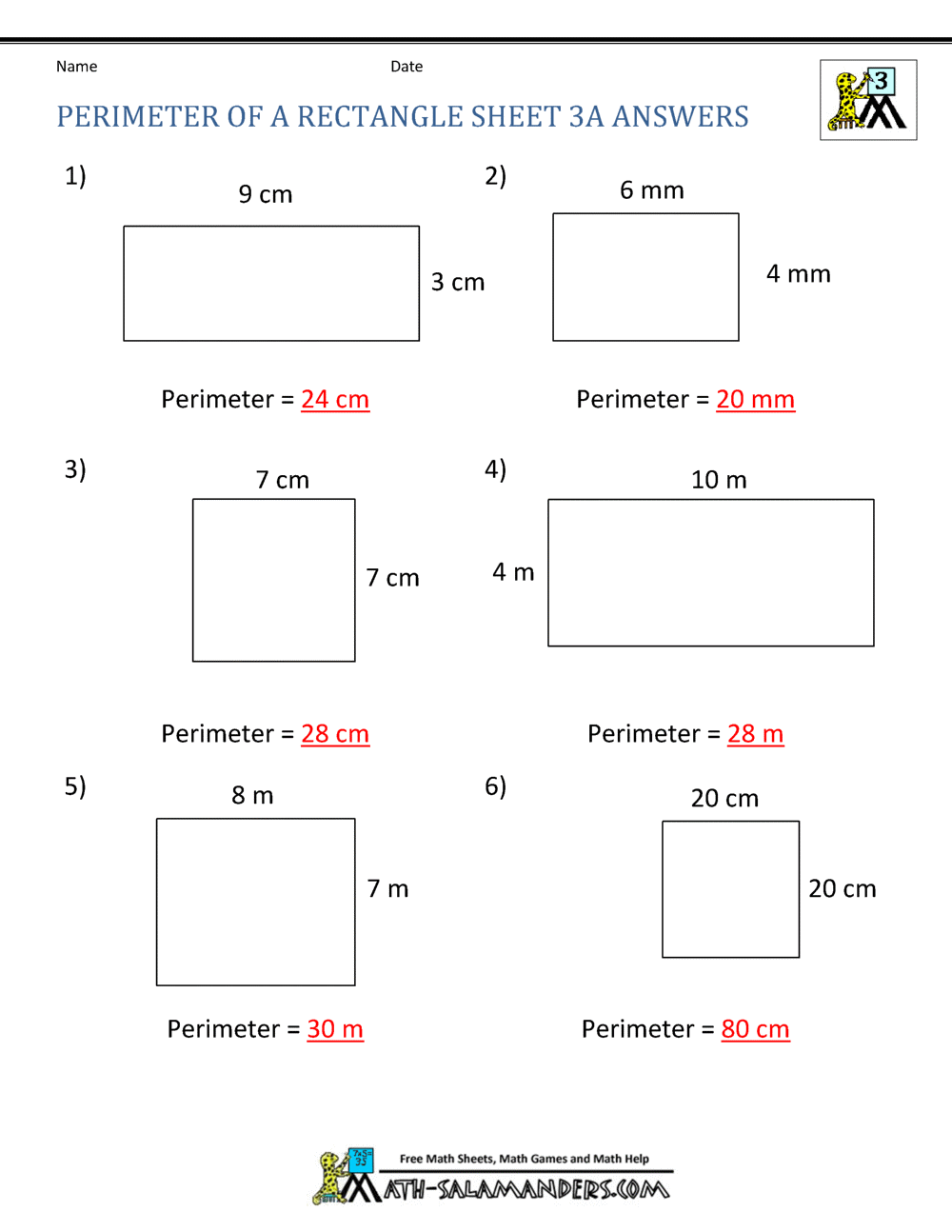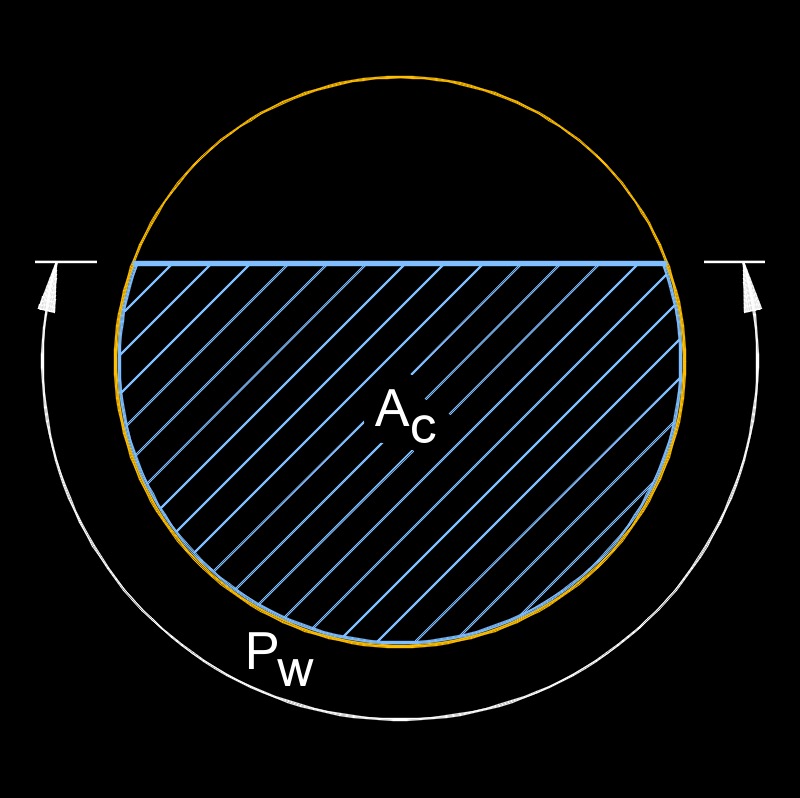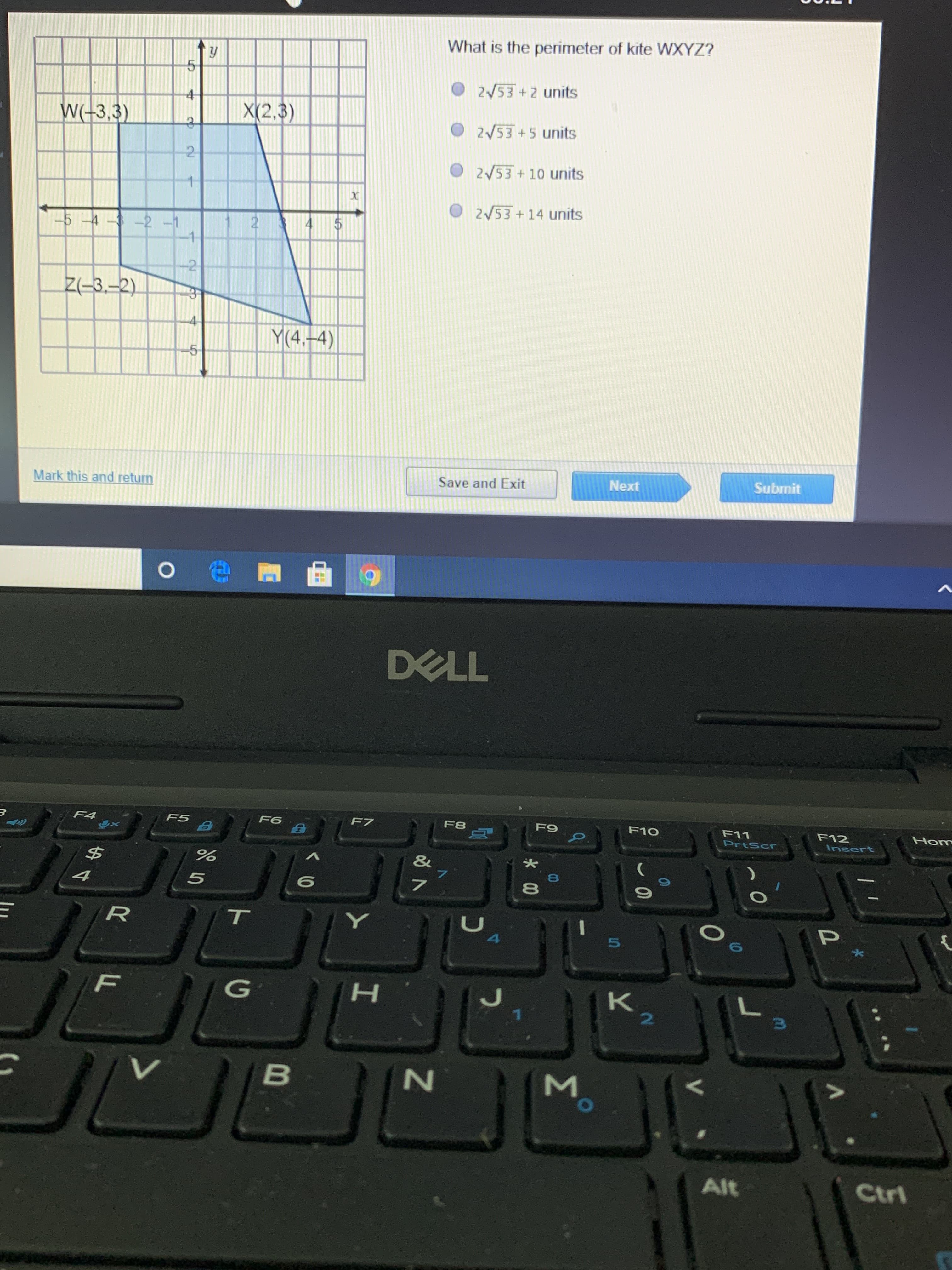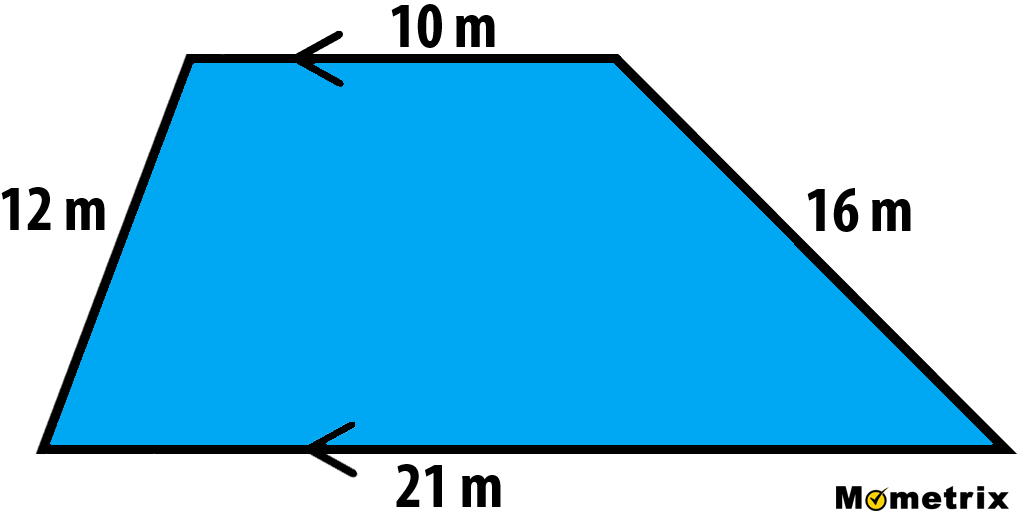Topic perimeter in basketball: The perimeter in basketball is crucial for both offensive and defensive strategies. Mastering perimeter play can elevate a team's performance, offering more scoring opportunities and effective defensive tactics. In this guide, explore key areas, player roles, techniques, and strategies to dominate the perimeter and enhance your game.
Table of Content
- Perimeter in Basketball
- Introduction to Perimeter in Basketball
- Key Areas of the Perimeter
- Roles of Perimeter Players
- Offensive Strategies for Perimeter Play
- Defensive Strategies for Perimeter Play
- Techniques for Effective Perimeter Shooting
- Training Drills for Perimeter Skills
- Notable Perimeter Players in Basketball History
- Impact of Perimeter Play on Team Performance
- Conclusion and Future of Perimeter Play in Basketball
- YOUTUBE: Khám phá 5 động tác ghi điểm từ vòng ngoài trong bóng rổ giúp bạn đánh bại hậu vệ và ghi nhiều điểm hơn. Xem video ngay!
Perimeter in Basketball
The perimeter in basketball refers to the area of the court outside the key, including the three-point line and extending to the half-court line. It is a critical zone for offensive plays and shooting opportunities, particularly for three-point shots.
Key Concepts
- Three-Point Line: The arc that separates the two-point and three-point shooting areas.
- Key (Paint Area): The rectangular area under the basket, also known as the paint.
- Wing: The side areas near the three-point line, crucial for spacing and shooting.
- Top of the Key: The area straight out from the basket, just outside the key.
Importance of Perimeter Play
Perimeter play is essential in modern basketball for several reasons:
- Shooting: Players who are effective perimeter shooters can score from beyond the three-point line, adding significant value to their team's offense.
- Spacing: Good perimeter play forces the defense to spread out, creating more opportunities for driving lanes and inside shots.
- Defense: Defending the perimeter requires agility and awareness to prevent easy three-point shots and to close out on shooters.
Perimeter Player Roles
Players who primarily operate in the perimeter include:
- Shooting Guards (SG): Often the best perimeter shooters, responsible for scoring from long range.
- Small Forwards (SF): Versatile players who can shoot, drive, and play defense on the perimeter.
- Point Guards (PG): Typically handle the ball on the perimeter and initiate offensive plays.
Perimeter Offense Strategies
- Pick and Roll: A play where a player sets a screen (pick) for the ball handler and then rolls to the basket or pops out to the perimeter.
- Isolation: A strategy where a player isolates themselves on the perimeter to take advantage of a favorable matchup.
- Drive and Kick: Penetrating the defense with a drive and then passing (kicking) the ball out to an open perimeter shooter.
Perimeter Defense Strategies
- Closeouts: Quick defensive movements to challenge perimeter shots while avoiding fouls.
- Switching: Changing defensive assignments to counter pick and roll or off-ball screens.
- Zone Defense: A strategy where defenders cover areas instead of individual players, often used to protect against perimeter shooting.
Math in Perimeter Play
Understanding the geometry of the court is crucial for effective perimeter play. The three-point line forms a semicircle with a radius of 23.75 feet (22 feet in the corners). Here is the equation for the distance (\(d\)) from the basket to a point on the three-point line:
$$ d = \sqrt{x^2 + y^2} $$
Where \(x\) and \(y\) are the coordinates of the point on the court. This helps players understand where to position themselves to be effective perimeter threats.
| Position | Role | Key Skills |
| Shooting Guard (SG) | Perimeter Scorer | Shooting, Defense |
| Small Forward (SF) | Versatile Player | Shooting, Driving, Defense |
| Point Guard (PG) | Playmaker | Ball Handling, Passing, Shooting |
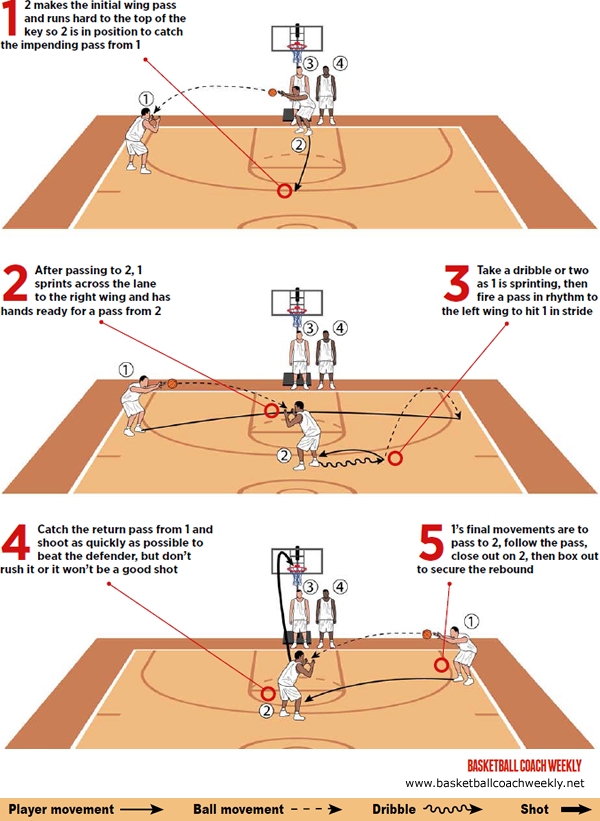
READ MORE:
Introduction to Perimeter in Basketball
The perimeter in basketball is the area outside the key and inside the three-point line. It plays a vital role in modern basketball, influencing both offensive and defensive strategies. Understanding the perimeter is essential for players to enhance their gameplay and for teams to develop effective tactics.
Key Concepts:
- Three-Point Line: The arc that marks the boundary for three-point shots.
- Key (Paint Area): The rectangular area near the basket where intense play often occurs.
- Wing: The areas on the side of the court near the three-point line.
- Top of the Key: The area at the top of the key, central for orchestrating plays.
Importance of the Perimeter:
The perimeter is crucial for spreading the floor and creating scoring opportunities. Effective perimeter play forces defenses to extend, opening up the court for drives and interior passes. It also allows for more strategic three-point shooting, which has become increasingly important in modern basketball.
Steps to Mastering Perimeter Play:
- Understanding Court Geometry: Learn the dimensions and key areas of the perimeter.
- Developing Shooting Skills: Practice shooting from various positions around the perimeter.
- Improving Ball Handling: Enhance dribbling skills to navigate the perimeter effectively.
- Learning Offensive Tactics: Study plays and movements that utilize the perimeter for scoring.
- Enhancing Defensive Techniques: Focus on strategies to guard perimeter players and prevent three-point shots.
Conclusion:
Mastering the perimeter in basketball is essential for any player or team aiming for success. By understanding the key areas, developing necessary skills, and implementing strategic plays, players can significantly impact the game's outcome. The perimeter's influence on modern basketball continues to grow, making it a critical aspect of the sport.
Key Areas of the Perimeter
The perimeter in basketball encompasses several crucial areas of the court, each with specific functions and strategic importance. Understanding these key areas helps players and teams optimize their offensive and defensive tactics.
- Three-Point Line:
The arc that defines the boundary for three-point shots. This line is 23.75 feet from the basket at the top of the key and 22 feet in the corners. Shooting from beyond this line rewards players with three points for a successful basket.
- Top of the Key:
The area at the top of the key, also known as the "point." This is a critical spot for initiating offensive plays and is often where the point guard operates. It provides a clear view of the court and facilitates ball movement and playmaking.
- Wings:
The side areas near the three-point line, extending from the free-throw line extended to the baseline. Wings are essential for spacing the floor, creating driving lanes, and setting up three-point shots. Players positioned here often look to either shoot from long range or drive to the basket.
- Corners:
The areas near the baseline and three-point line intersection. Corner three-pointers are among the most efficient shots in basketball due to the shorter distance. Players in the corner also stretch the defense and create space for teammates.
Understanding these areas and their roles helps players make strategic decisions during the game. Mastery of the perimeter involves not only shooting accuracy but also positioning, movement, and play execution.
Strategies for Utilizing Key Areas:
- Spacing: Maintain proper spacing to prevent defenders from easily covering multiple offensive players. This opens up passing lanes and creates better shot opportunities.
- Movement: Utilize off-ball movements such as cuts and screens to create separation from defenders and open up the perimeter for shots or drives.
- Shooting: Focus on developing a reliable three-point shot from different perimeter areas, especially the corners and wings, to keep the defense honest.
- Passing: Enhance passing skills to deliver accurate passes to teammates in key perimeter areas, facilitating quick ball movement and exploiting defensive gaps.
By understanding and effectively utilizing the key areas of the perimeter, players can significantly enhance their offensive and defensive capabilities, contributing to their team's overall success.
Roles of Perimeter Players
Perimeter players, including point guards, shooting guards, and small forwards, play crucial roles in both offense and defense. Their responsibilities and skills vary based on their specific positions, but collectively they shape the dynamic flow of a basketball game.
Point Guard
- Playmaker: The point guard is often considered the team's playmaker, responsible for directing plays, handling the ball, and setting up teammates for scoring opportunities.
- Ball Handling: Exceptional dribbling skills and the ability to navigate through defenses are essential.
- Defense: On defense, the point guard typically pressures the opposing team's primary ball handler.
Shooting Guard
- Shooting: Known for their scoring ability, shooting guards excel in making long-range shots, especially three-pointers.
- Secondary Playmaker: They can also take on the role of a secondary playmaker, assisting the point guard in creating plays.
- Defense: Shooting guards must be adept at defending against the opponent's perimeter players.
Small Forward
- Versatility: Small forwards are versatile players who can perform a variety of roles, both offensively and defensively.
- Scoring: They can score from mid-range and long-range, and are effective at driving to the basket.
- Defense: Defensively, small forwards are often tasked with guarding the opposing team's best perimeter players.
Combo Guard
A hybrid position, combo guards blend the skills of point guards and shooting guards. They are capable of directing the game and scoring efficiently.
Impact on Team Dynamics
- Spacing the Floor: Perimeter players help in spacing the floor, creating opportunities for inside players by drawing defenders out to the three-point line.
- Transition Play: They are vital in fast-break situations, using their speed and ball-handling skills to capitalize on quick offensive opportunities.
- Defensive Versatility: On defense, their ability to switch and guard multiple positions enhances the team's flexibility and effectiveness.
Key Attributes
| Position | Key Skills |
|---|---|
| Point Guard | Dribbling, Playmaking, Defense |
| Shooting Guard | Shooting, Playmaking, Defense |
| Small Forward | Versatility, Scoring, Defense |
Perimeter players are integral to a basketball team's success, providing a blend of scoring, playmaking, and defensive prowess that can adapt to various game situations.
Offensive Strategies for Perimeter Play
Effective perimeter play is crucial for any basketball team's offense, enabling them to stretch the defense and create high-percentage scoring opportunities. Here are some key offensive strategies for perimeter play:
-
Spacing and Ball Movement:
Proper spacing is essential to create open shots and driving lanes. Players should maintain good spacing by positioning themselves around the three-point arc and constantly moving without the ball. Quick and precise ball movement can shift the defense and create open looks for perimeter shooters.
-
Pick-and-Roll:
The pick-and-roll is a fundamental play that involves a ball handler and a screener. The ball handler uses the screen to create separation from their defender, while the screener rolls to the basket or pops out for an open shot. This play can force defensive mismatches and create scoring opportunities both inside and outside the arc.
-
Dribble Penetration and Kick-Out:
Dribble penetration involves a guard driving towards the basket, drawing in defenders, and then kicking the ball out to an open perimeter player. This strategy collapses the defense and often results in open three-point shots for teammates.
-
Off-Ball Screens:
Setting off-ball screens, such as down screens and flare screens, helps perimeter players get open. These screens allow shooters to lose their defenders and receive the ball in a better position to score. Off-ball movement and screens are vital for disrupting the defense and creating scoring opportunities.
-
Drive and Dish:
In this strategy, a player drives to the basket and then dishes the ball out to a teammate on the perimeter. The drive forces defenders to help on the penetration, leaving perimeter shooters open for a pass and a shot.
-
Isolation Plays:
Isolation plays involve clearing out one side of the court to allow a skilled perimeter player to go one-on-one with their defender. This strategy can exploit mismatches and create scoring opportunities for the isolated player or open shots for teammates if the defense collapses.
-
Transition Offense:
Fast breaks and transition offense can create open perimeter shots before the defense sets up. Players should sprint to their spots on the perimeter and look for quick, open shots in transition.
Implementing these offensive strategies can enhance a team's perimeter play, making them more versatile and difficult to defend. Consistent practice and effective communication are key to mastering these techniques and executing them successfully during games.

Defensive Strategies for Perimeter Play
Effective perimeter defense is crucial for disrupting the offensive flow and preventing easy scoring opportunities. Here are some key strategies and techniques for improving perimeter defense:
-
Defensive Stance:
Maintain a proper defensive stance with feet slightly wider than shoulder-width apart, knees bent, back straight, and hands up. This position allows for quick lateral movements and effective reactions to offensive actions.
-
Defensive Slide:
Use the defensive slide to stay in front of the offensive player. Keep your weight on the balls of your feet, slide laterally without crossing your feet, and always face the opponent to maintain balance and control.
-
Closeout Technique:
When closing out on a shooter, sprint towards them and then quickly lower your stance with hands up. This helps to contest the shot while preventing the offensive player from easily driving past you.
-
Jump to the Ball:
Always be ready to move towards the ball. When the ball is passed, take a step towards the new ball handler to shrink the passing lanes and be in a position to help if needed.
-
Protect the Nail:
Position yourself to protect the middle of the court, known as the nail. This helps to prevent dribble penetration and forces the offense to operate further from the basket.
-
Stunting:
Use quick, short movements towards the ball handler to disrupt their rhythm and force them to make decisions under pressure. This can also deter them from driving towards the basket.
-
Ball Screen Defense:
Employ techniques such as hedging, icing, or drop coverage to counteract the effectiveness of on-ball screens. Communicate with teammates to ensure proper execution of these strategies.
-
Switch Defense:
Switch on screens when necessary to prevent mismatches and maintain defensive integrity. This is especially useful against teams that rely heavily on perimeter shooting.
-
Take Charges:
Be willing to take a charge to stop an aggressive offensive player. Position yourself correctly and absorb the contact to force a turnover and gain possession for your team.
-
Study Opponents:
Use time on the bench to observe the tendencies, strengths, and weaknesses of the players you will defend. Understanding their habits can give you a strategic advantage on the court.
Implementing these defensive strategies can significantly enhance a team's ability to guard the perimeter, disrupt the opponent's offensive flow, and ultimately lead to more successful outcomes.
Techniques for Effective Perimeter Shooting
Mastering perimeter shooting in basketball requires a combination of proper form, consistency, and practice. Here are the key techniques for effective perimeter shooting:
-
Foot Positioning:
Start with your feet shoulder-width apart to maintain balance. Ensure your toes are pointing towards the basket. Your shooting foot should be slightly ahead of your non-shooting foot.
-
Body Alignment:
Your body should be square to the basket. This means your shoulders, hips, and feet should all be aligned towards the target.
-
Knee Flexion:
Bend your knees to generate power for your shot. The more you bend, the more power you can generate from your legs, reducing the reliance on your arms and increasing shot consistency.
-
Hand Positioning:
The ball should rest on your fingertips, not your palms. Your shooting hand should be under the ball, and your guide hand on the side to support the ball without interfering with the shot.
-
Elbow Alignment:
Your shooting elbow should be in line with your knee and the basket, forming a 90-degree angle. This alignment ensures a straight shot towards the basket.
-
Release and Follow-Through:
As you extend your legs and arms, release the ball at the highest point of your jump. Your wrist should snap forward, and your fingers should point towards the basket. Maintain your follow-through until the ball reaches the basket.
-
Focus:
Keep your eyes on the target, which is typically the front of the rim. Do not follow the ball with your eyes; maintain your focus on the rim throughout the shot.
-
Practice:
Repetition is key. Consistent practice helps ingrain these techniques into muscle memory, allowing for more natural and accurate shots during games.
By focusing on these techniques and committing to regular practice, players can significantly improve their perimeter shooting effectiveness.
Training Drills for Perimeter Skills
Developing strong perimeter skills is crucial for any basketball player looking to excel at positions that require agility, precision, and strategic play. Here are several effective training drills designed to enhance perimeter skills:
-
J.J. Redick Shooting Drill
- Set up three cones: one at the center of the half-court, and one each where the sidelines meet the half-court line.
- Start at the center cone.
- Sprint towards the center of the free-throw line, receive a pass, and take a shot.
- Immediately sprint towards one of the sideline cones, touch it, then sprint to the nearest elbow for another shot.
- Return to the center cone and repeat. Increase difficulty by having a defender contest each shot.
-
One-on-One Touch Drill
- Stand on the wing with a partner; one player on offense, the other on defense.
- The offensive player starts in a triple-threat position, the defender in a low stance.
- The ball becomes live when the defender touches it; the offensive player has three dribbles to attempt a score.
- Switch roles after each attempt, playing until one player scores nine points.
- Increase difficulty by starting under the basket as the defender and closing out on the offensive player.
-
Kyrie Irving Drill
- Set up three cones in a zigzag pattern three feet apart along the perimeter.
- Dribble through the cones, making quick change-of-direction moves (e.g., crossover, between the legs, spin).
- Finish with a lay-up or jump shot.
- Focus on using all dribble moves quickly but with control, treating the cones as defenders.
-
Ball Handling – Attack Drills
Use aggressive changes in pace and direction to get past defenders and create scoring opportunities.
-
Ball Handling – Cone Dribbling
Practice side-to-side cone drills to improve directional changes in a condensed space, using various dribble techniques (crossover, behind the back, etc.).
-
Attack Moves – Jab Series
Use jab moves to exploit defenders' momentum when they are closing out, making it easier to drive to the basket.
-
Attack Moves – Rip & Go
Utilize the rip move to quickly get past defenders who are closing out, driving hard to the basket.
-
Attack Moves – Shot Fakes
Incorporate shot fakes to make defenders jump, allowing an easier path to the basket or a clear shot.
By regularly practicing these drills, players can significantly improve their perimeter skills, becoming more effective and versatile on the court.
Notable Perimeter Players in Basketball History
The history of basketball is filled with exceptional perimeter players who have made significant impacts on the game. These players are known for their remarkable shooting, defensive skills, and ability to create plays from the outside. Here are some of the most notable perimeter players in basketball history:
- Michael Jordan - Often regarded as the greatest basketball player of all time, Jordan's perimeter play was unmatched. His scoring ability, defensive prowess, and clutch performances have left an indelible mark on the sport.
- Kobe Bryant - A prolific scorer and fierce competitor, Bryant's perimeter game included a deadly mid-range shot and the ability to hit crucial three-pointers. His work ethic and skill set made him one of the most feared players on the court.
- Larry Bird - Known for his shooting accuracy and basketball IQ, Bird was a dominant perimeter player who could score from anywhere on the court. His rivalry with Magic Johnson is legendary, and his contributions to the Boston Celtics' success are well-documented.
- Ray Allen - One of the greatest three-point shooters in NBA history, Allen's perimeter shooting helped his teams secure multiple championships. His quick release and precision made him a constant threat from beyond the arc.
- Reggie Miller - Renowned for his three-point shooting and clutch performances, Miller's ability to score from the perimeter made him a pivotal player for the Indiana Pacers. His competitive spirit and scoring ability were key factors in many of the Pacers' playoff runs.
- Stephen Curry - Revolutionizing the game with his incredible shooting range, Curry's perimeter play has changed how basketball is played. His ability to consistently hit long-range shots has made him one of the most influential players in modern basketball.
- Allen Iverson - Despite his smaller stature, Iverson's quickness, scoring ability, and fearless attitude made him a standout perimeter player. His crossover dribble and ability to score against taller defenders were highlights of his career.
- Kevin Durant - Known for his scoring versatility, Durant's ability to shoot from the perimeter as well as drive to the basket makes him a unique and dangerous player. His height and shooting skill set him apart from many other players.
- James Harden - With a deadly step-back three-pointer and exceptional playmaking ability, Harden has established himself as one of the premier perimeter players in the league. His scoring and assist numbers consistently rank among the best in the NBA.
- Klay Thompson - As part of the "Splash Brothers" duo with Stephen Curry, Thompson's three-point shooting and perimeter defense have been crucial to the Golden State Warriors' success. His ability to get hot and score in bunches makes him a key player on any team.
These players have not only excelled in their individual careers but have also influenced the game of basketball, inspiring future generations of perimeter players.
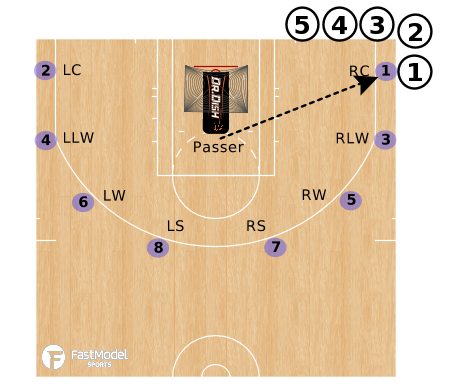
Impact of Perimeter Play on Team Performance
Perimeter play has become a crucial aspect of modern basketball, significantly influencing team performance both offensively and defensively. Teams with strong perimeter skills often exhibit dynamic and versatile gameplay, making it essential to understand the impact of perimeter play on overall team success.
- Offensive Impact
- Spacing the Floor: Effective perimeter shooting forces defenders to spread out, creating more space for drives and post plays. This spacing is vital for executing strategies such as the "spread" offense.
- Increased Scoring Opportunities: Teams with reliable perimeter shooters can generate higher scoring chances by extending the defense, allowing for open three-point shots and easier penetration.
- Ball Movement: Perimeter play encourages better ball movement as players pass to find the open shooter, leading to a more fluid and cohesive offensive strategy.
- Defensive Impact
- Perimeter Defense: Strong perimeter defense is essential to contest outside shots and disrupt passing lanes. Teams with agile and quick defenders can effectively pressure shooters and force turnovers.
- Transition Defense: Effective perimeter play on defense helps in quickly transitioning from offense to defense, preventing fast breaks and maintaining defensive stability.
- Player Development
- Versatility: The emphasis on perimeter skills has led players at all positions to develop strong shooting, ball-handling, and passing abilities, making the game more dynamic and unpredictable.
- Conditioning and Agility: Perimeter players often possess superior conditioning and agility, allowing them to cover more ground and execute quick movements essential for both offense and defense.
The evolution of basketball has highlighted the importance of mastering perimeter play. Teams that excel in perimeter shooting and defense tend to perform better overall, showcasing the strategic advantage of this aspect of the game.
Conclusion and Future of Perimeter Play in Basketball
The evolution of basketball has seen significant transformations, particularly in the role and importance of perimeter play. As teams continue to adapt to faster, more dynamic styles of play, the emphasis on perimeter skills has never been greater.
The rise of small-ball and positionless basketball has played a crucial role in this evolution. Teams like the Golden State Warriors have demonstrated the effectiveness of having versatile players who can shoot from the perimeter, leading to multiple championships and setting a trend across the league. This approach has forced traditional big men to develop perimeter skills, making them more versatile and enhancing team performance.
Looking forward, the trend towards perimeter-oriented play is likely to continue shaping the future of basketball. With the increasing importance of three-point shooting and floor spacing, players at all positions are being encouraged to develop their perimeter skills from a young age. Youth and college programs are emphasizing skill development over traditional position-based roles, ensuring that future generations of players are well-equipped to excel in a perimeter-centric game.
Moreover, the integration of advanced analytics into team strategies has highlighted the value of effective perimeter play. Teams are utilizing data to optimize shooting efficiency and defensive matchups, further cementing the role of perimeter skills in modern basketball.
The impact of these changes is not limited to professional basketball. The faster pace, increased scoring, and exciting style of play have also enhanced the fan experience, drawing in new audiences and increasing engagement. As teams and players continue to innovate, the future of perimeter play in basketball looks promising, with the potential for new strategies and breakthroughs that will keep the game evolving and thrilling for fans around the world.
In conclusion, the future of perimeter play in basketball is bright. The ongoing development of versatile, skilled players and the strategic use of analytics will ensure that perimeter play remains a cornerstone of the sport. As the game continues to evolve, we can expect to see even more exciting and dynamic play styles that will captivate fans and push the boundaries of what is possible on the basketball court.
Khám phá 5 động tác ghi điểm từ vòng ngoài trong bóng rổ giúp bạn đánh bại hậu vệ và ghi nhiều điểm hơn. Xem video ngay!
5 Động Tác Ghi Điểm Từ Vòng Ngoài - Kỹ Thuật Bóng Rổ Để Đánh Bại Hậu Vệ Và Ghi Nhiều Điểm Hơn!
Tìm hiểu chu vi của sân bóng rổ và các yếu tố liên quan. Xem video để biết thêm chi tiết!
Chu Vi Sân Bóng Rổ Là Gì?


